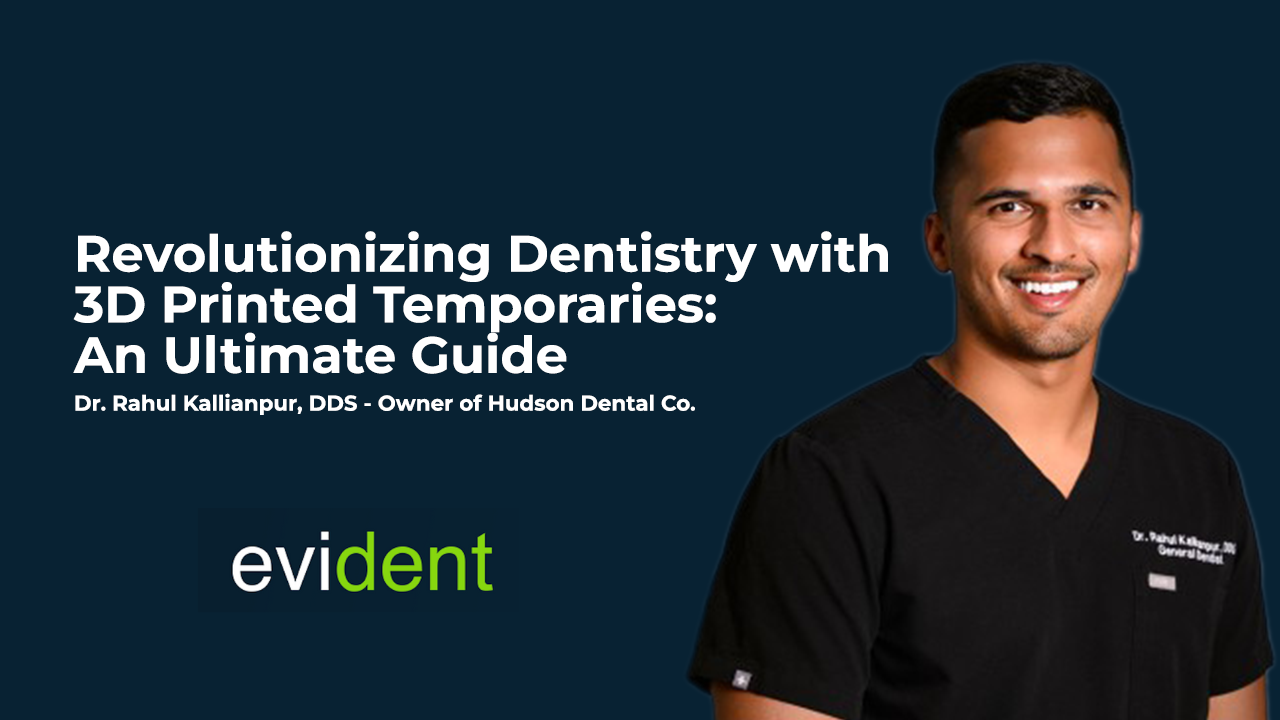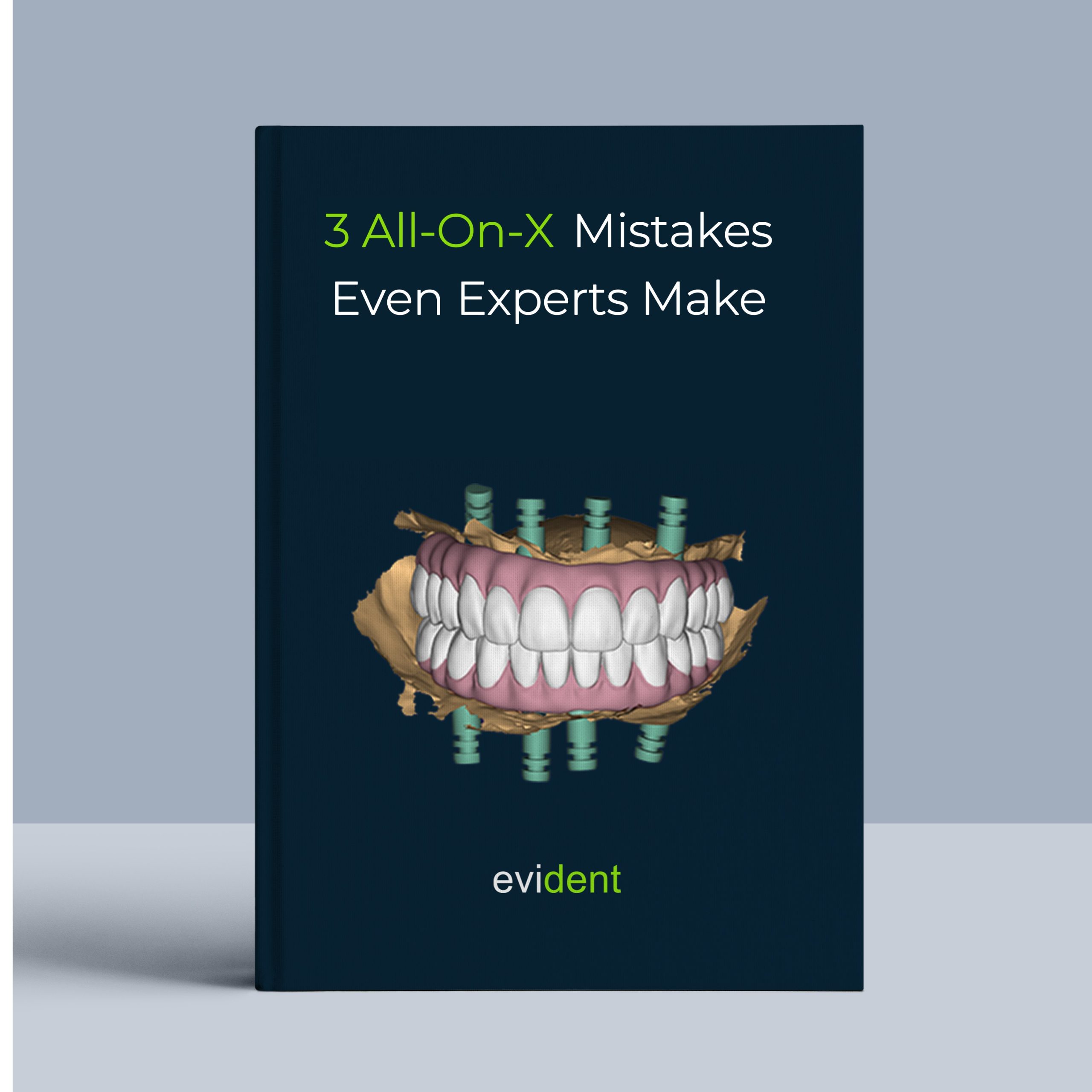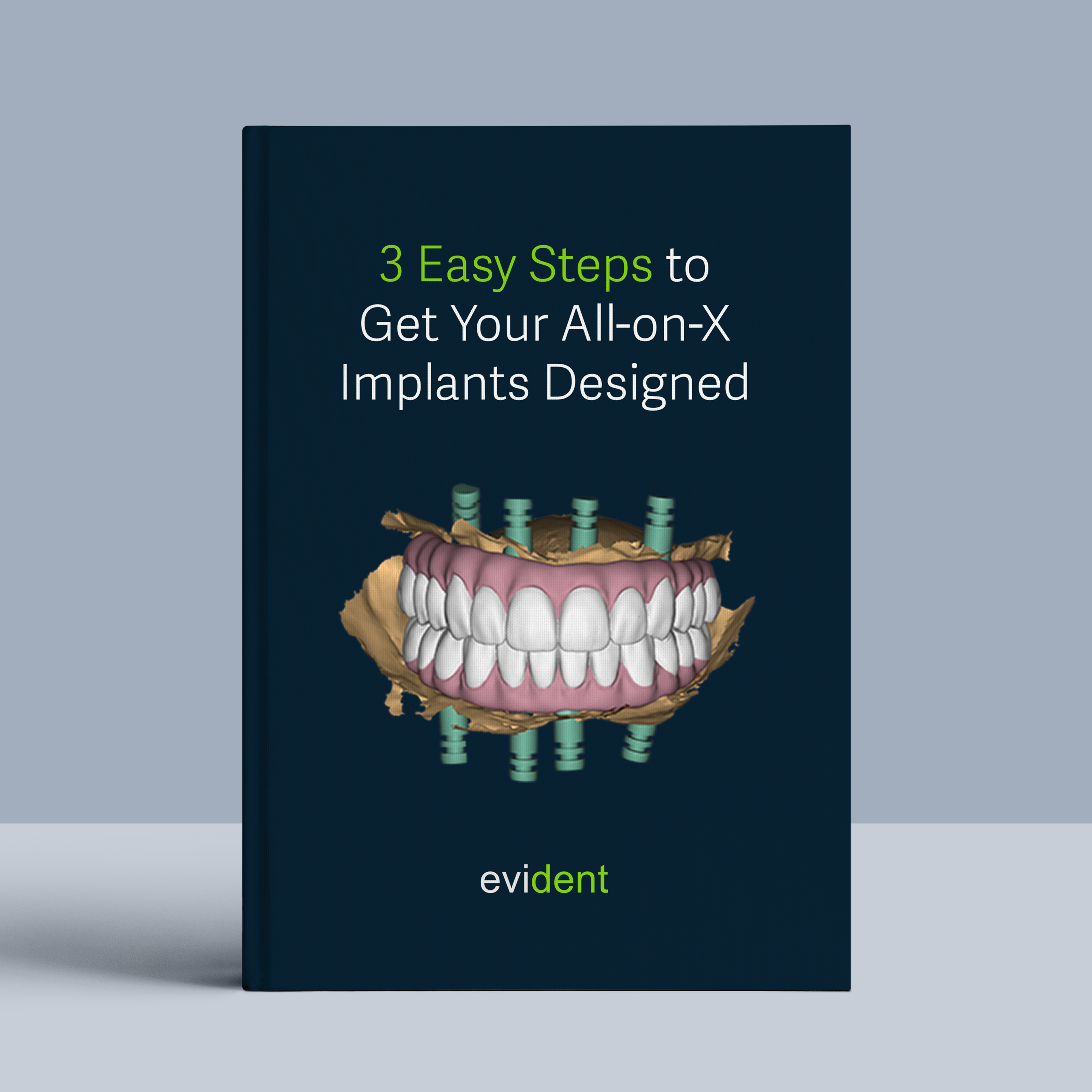
Technology is playing an increasingly pivotal role in the rapidly evolving world of dentistry. One of the most exciting developments in recent years has been the integration of 3D printing in dental practices. This advancement has transformed the way dentists approach treatments, particularly when it comes to temporary crowns.
Our team member, Moj Noroozi, spoke with Dr. Rahul Kallianpur from New York. Dr. Kallianpur shared his insights and experiences on using 3D printing for dental temporaries. Here’s a detailed look at the key takeaways from this informative session.
Why 3D Printed Temporaries?
Streamlined Workflow and Efficiency
Dr. Kallianpur highlighted how 3D printing has revolutionized his practice, especially in handling entire arch and implant cases. Often, traditional methods of creating temporaries involve labour-intensive procedures with acrylic or bis-acrylic materials, which can be time-consuming and prone to imperfections. However, with 3D printing, dentists can streamline the process significantly. While the preparation day may be slower, the subsequent steps in the treatment process become much more efficient and precise.
Enhanced Strength and Aesthetics
The materials used in 3D printing, such as SprintRay Crownresin and Flexcera Smile Ultra+, offer significant advantages over traditional bis-acryl or acrylic materials. These resins are FDA-approved for definitive restorations, providing a more robust and aesthetic solution. The fit of these printed temporaries is remarkably accurate, leading to more comfortable and cleansable restorations for patients. As Dr. Kallianpur noted, they often feel very similar to final restorations, offering unparalleled patient satisfaction.
The 3D Printing Workflow in Dentistry
Dr. Kallianpur described a detailed workflow that underscores the precision and reliability of 3D printing:
- Initial Consultation and Records: The process begins with gathering comprehensive patient records, including intraoral scans, photos, and bite registrations. These are crucial for creating a precise diagnostic wax-up.
- Design and Preparation: After receiving the diagnostic wax-up, the dentist can prepare the teeth while ensuring the optimal path of draw for the temporaries. 3D scanning technology plays a pivotal role here, capturing the exact anatomy and bite of the patient.
- 3D Printing: Once the design is finalized, the file is sent to the 3D printer. Dr. Kallianpur emphasized the importance of printer readiness, including heated resins and calibration, to avoid print failures.
- Finishing Touches: Once printed, the temporaries undergo post-processing, including curing and polishing. Techniques like the “candy coating” method enhance the aesthetics and durability of the restorations.
- Delivery and Adjustments: The final step involves placing the temporaries and making necessary adjustments to ensure perfect occlusion and aesthetics.
Overcoming Common Challenges
While the advantages of 3D-printed temporaries are apparent, Dr. Kallianpur also addressed potential challenges. One of the most common issues is print failure, which can disrupt the workflow. To mitigate this, he recommends running a “burner print” beforehand to ensure the printer functions correctly. Additionally, proper placement of supports during printing is crucial to avoid compromising the margins and fit of the restorations.
Equipment and Materials
The right equipment and materials are essential for dentists looking to integrate 3D printing into their practice.
Expanding the Possibilities
Beyond temporaries, 3D printing has numerous applications in dentistry. Dr. Kallianpur uses it for splints, surgical guides, implant temporaries, and more. This versatility underscores the transformative potential of 3D printing in enhancing dental practice capabilities.
Final Thoughts
As Dr. Kallianpur concluded, embracing these digital workflows enhances treatment predictability and improves communication between dentists and labs. The future of dentistry is undeniably digital, and those who adopt these advancements are poised to deliver superior patient care.
Dental professionals can achieve remarkable results by harnessing the power of 3D printing, offering patients more durable, aesthetic, and precise restorations. As technology continues to evolve, the possibilities in dentistry are limitless, and the commitment to excellence and innovation remains at the forefront.








